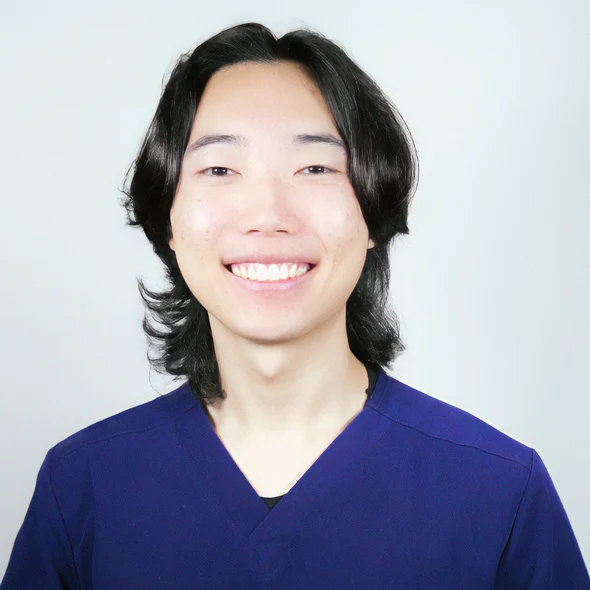The world population has reached 8 billion, with 1 billion people affected by neurological disorders. These conditions lead to 6.8 million deaths annually worldwide. Clearly, neurological disorders impact millions globally, highlighting the urgent need to improve quality of life for those affected.
What is a Neurological Disorder?
Neurological disorders affect the nervous system, causing structural, biochemical, or electrical issues. Symptoms include paralysis, muscle weakness, poor coordination, and changes in brain function and consciousness. Regaining even partial neurological function can significantly improve patients’ lives. Studies show that hyperbaric oxygen therapy (HBOT) can help achieve these gains.
HBOT for the Use of Neurological Disorders
HBOT increases oxygen flow to the brain, aiding tissue repair, recovery, and the growth of neuronal stem cells. This process can improve cognitive function. Clinical studies have highlighted several benefits of HBOT for neurological conditions, including improved brain function, reduced neuroinflammation, and enhanced nervous system regeneration.
Improve Brain Function and Performance
- Stimulate angiogenesis, the production of new blood vessels
- Improve cerebral oxygenation
- Enhance memory and mental performance
Reduce Neuroinflammation
- Reduce cerebral edema, or swelling
- Decrease intracranial pressure
- Reduce cerebral infarction, the obstruction of blood supply
- Reduce blood brain barrier breakdown
- Minimize oxidative stress
Increase Regeneration of the Nervous System
- Stimulate neurogenesis
- Promote proliferation and mobilization of neural stem cells
- Facilitate neuroplasticity
Clinical Studies Proving HBOT Efficacy for Neurological Conditions
These benefits of Hyperbaric Oxygen Therapy (HBOT) extend to a wide range of neurological conditions, including neurodevelopmental and neurodegenerative disorders like autism, cerebral palsy, fetal alcohol syndrome, Alzheimer’s, Parkinson’s, and Huntington’s disease, as well as neurological injuries such as stroke and concussion. A previous article discussed HBOT’s impact on individuals with cerebral palsy, but here we examine a study on its effects in improving brain function for those affected by mild traumatic brain injuries (mTBI). The study involved 56 mTBI patients who were 1-5 years post-injury, focusing on chronic neurocognitive impairments.
The participants were divided into two groups: a treated group and a crossover group. The treated group was assessed on their baseline brain function and quality of life before starting 40 HBOT sessions and again after completing the sessions. The crossover group was evaluated three times: once at baseline, once after a two-month control period with no HBOT, and a final assessment after the 40 HBOT sessions.
The results showed improvements in brain function and quality of life for both groups after HBOT. However, there were no significant improvements in the crossover group during the control period without HBOT. SPECT imaging scans revealed increased brain function, neuroplasticity, and greater overall brain activity following HBOT. This highlights the effectiveness of HBOT for those with neurological conditions that result in cognitive impairment or diminished function.






